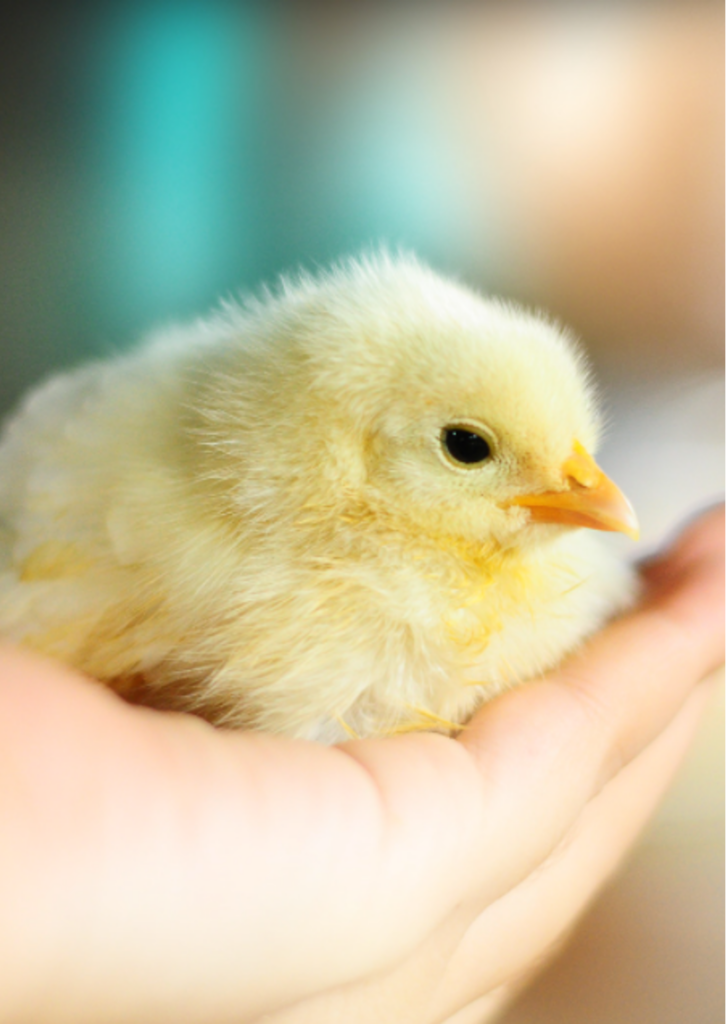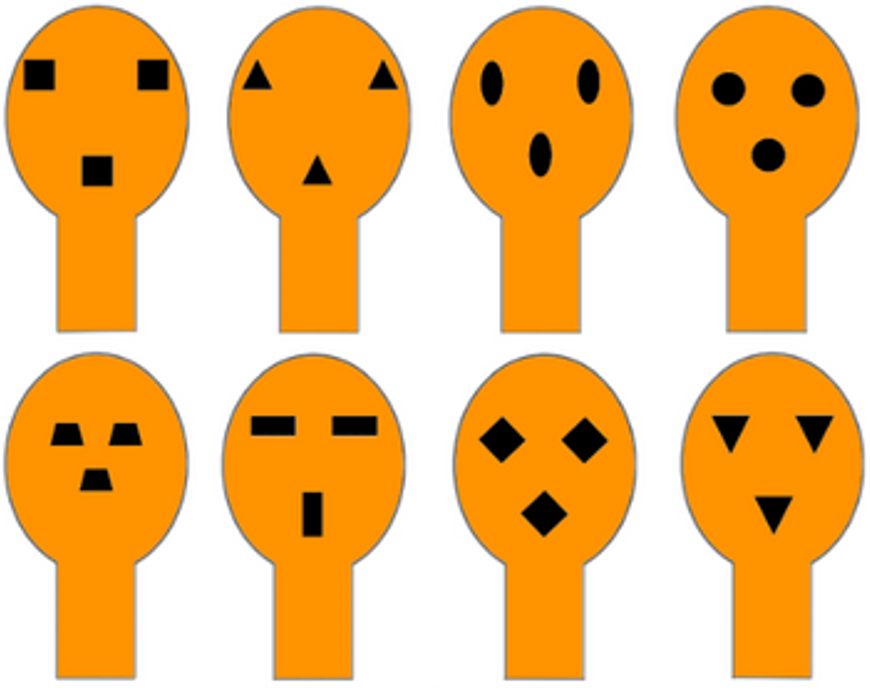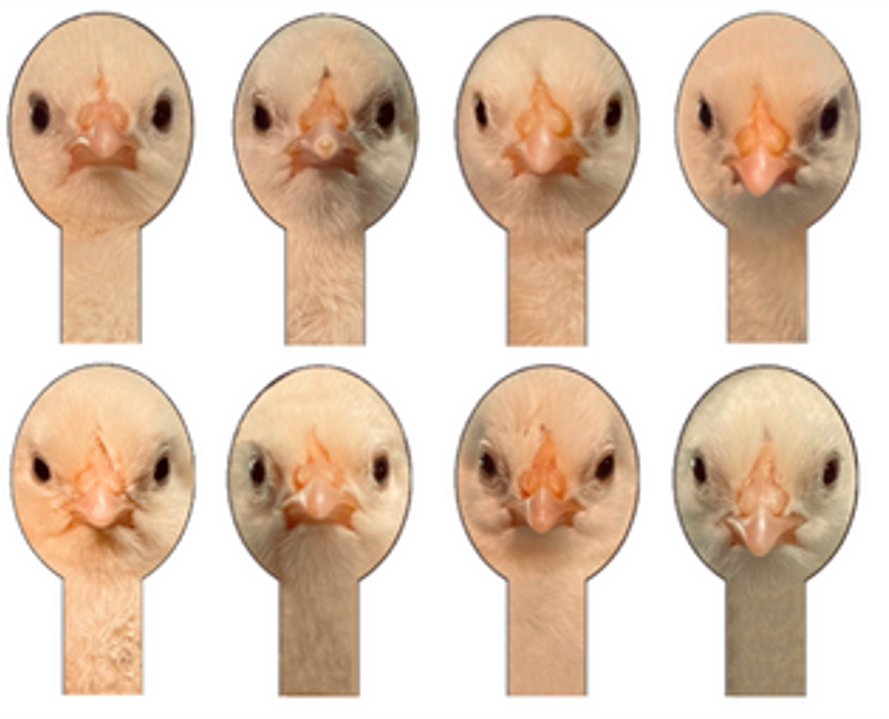Background
You probably already know a bit about filial imprinting, a crucial phenomenon that occurs early in life in chicks.
This process occurs during a sensitive period where newborn chicks learn the characteristics (like size, shape, or color) of the object they have been exposed to, developing a social attachment to it. They will later recognize it and stay close to it.
In a natural environment, the mother hen is the one chicks imprint so that they can later recognize it and follow her. However, chicks can also categorize artificial objects as familiar or unfamiliar, being capable to individually discriminate them.
Once they are separated from the object they have been reared with and therefore, imprinted; chicks react with social responses such as searching for that object and trying to follow and rejoin it.

In previous studies, chicks also showed to discriminate between groups with different numbers of artificial social companions, having a preference to rejoin the larger group.
They have successfully discriminated groups of small numerosities like 1 vs. 2 or 2 vs. 3; as well as larger numerosities such as 6 vs. 9 or 5 vs. 10.
However, in this type of non-verbal numerical cognition 3 vs. 4 discrimination is a critical comparison. Why?
Well, there are two different systems that play a role in this type of cognitive processes.
- Object File System (OFS), responsible for discriminations with sets of small numerosities. It allows the chick to identify a new object by establishing a file in the working memory. This system can only create and hold simultaneously in the working memory up to 3 objects per group.
- Analogue Magnitude System (AMS), operates when computing larger sets (more than 4 objects per group) having an overall view.
When having a 3 vs. 4 discrimination, the ratio is too small to be distinguished using the AMS and too large to store all the elements in the working memory and be discriminated by the OFS.
In previous experiments, 3 vs. 4 discrimination worked by grouping the objects within sets when presented to the chick, thus the OFS was the one computing.
However, Rugani and her colleagues in 2020, performed an experiment where chicks successfully discriminated 3 vs. 4 discrimination when employing artificial stimuli with a face-like configuration helping to the recognition and individuation of the objects. They suggested that by using a more naturalistic stimuli chicks, numerical performance could be improved.
Aims
This project consisted of three different experiments:
- Experiment 1. Spontaneous discrimination with artificial face-like stimuli.
- Experiment 2. Spontaneous discrimination with naturalistic stimuli.
- Experiment 3. Proto-arithmetic task: 3 vs. 4 discrimination with naturalistic stimuli.


The first two experiments were a spontaneous discrimination free-choice test, using a set of artificial face-like stimuli for the Experiment 1, and a set of naturalistic stimuli for the Experiment 2. The aim of these experiments was to observe how the shape of the face and head features influenced chicks’ response toward a familiar or an unfamiliar object. Expecting that chicks’ performance approaching the familiar stimulus would improve with the naturalistic stimuli than with the artificial.
In the Experiment 3 discrimination 3 vs. 4 task where the objects were subsequently presented (1 + 1 +1) vs (1 + 1 + 1 + 1), using the naturalistic stimuli, the same ones employed the experiment 2. The aim was to observe if the naturalistic type face would facilitate chicks’ numerical performance.